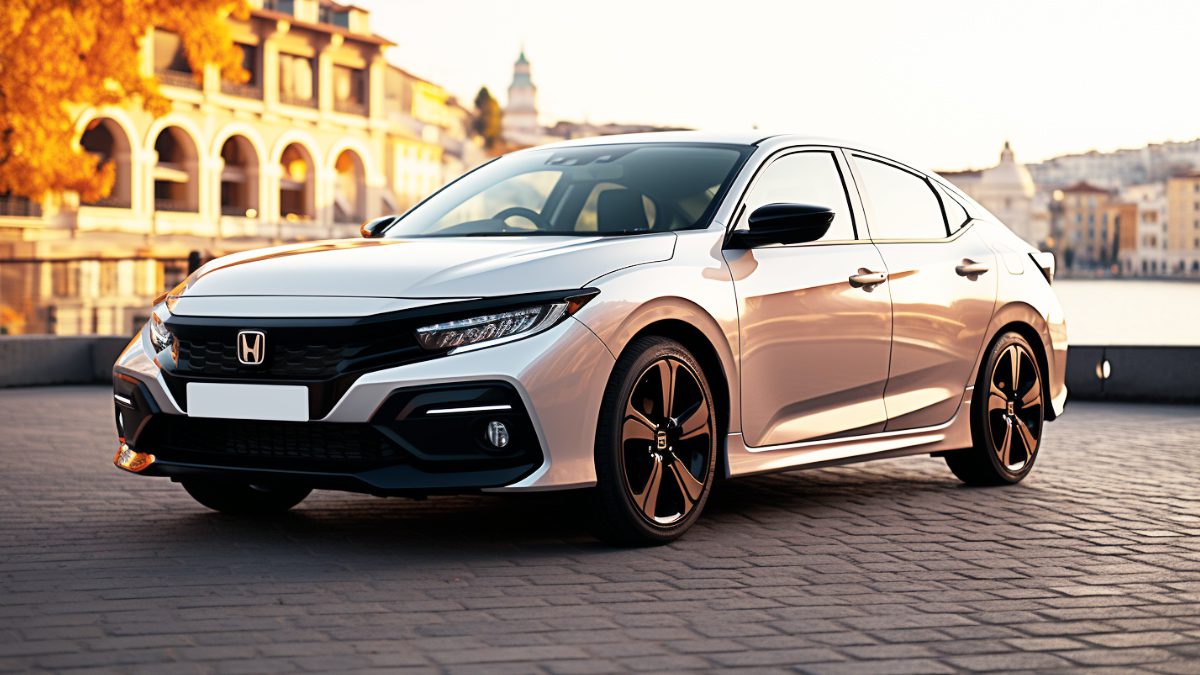How Many Brake Lights Are Required by Law in the US?
When you press the brake pedal, the brake lights on the rear light up. They warn drivers behind that you are stopping the vehicle to avoid collision with you from the back. This is why the law dictates the number of brake lights you should have equipped.
So, how many brake lights are required by law? In almost all states of the US, a vehicle must have at least three brake lights on its back. Two of them will be on the left and right of it, and the third brake light will be center-mounted on the rear. In some cases, the law may require four brake lights.
Let’s check all the necessary statutes and see why having all three brake lights is important.
How Many Brake Lights Are Required by Law? See the Proof!
According to the Federal Motor Vehicles Safety Standards No. 108, vehicles must have at least three brake lights.
The regulations can change depending on what type of vehicle you are driving. Let’s see the S5.1.1.27(a) of Standard 108 first. According to this law, your vehicle will be legally required to have one high-mounted brake light if
- A passenger vehicle is manufactured on or after September 1, 1985.
- A multipurpose passenger vehicle, bus, or truck is manufactured on or after September 1, 1993.
- The overall width of these vehicles is less than 80 inches.
- And the GVWR of these vehicles is less than or equal to 10,000 pounds.
Specific brake light instructions are given in the statutes for vehicles that meet the above criteria. Let’s check them now.
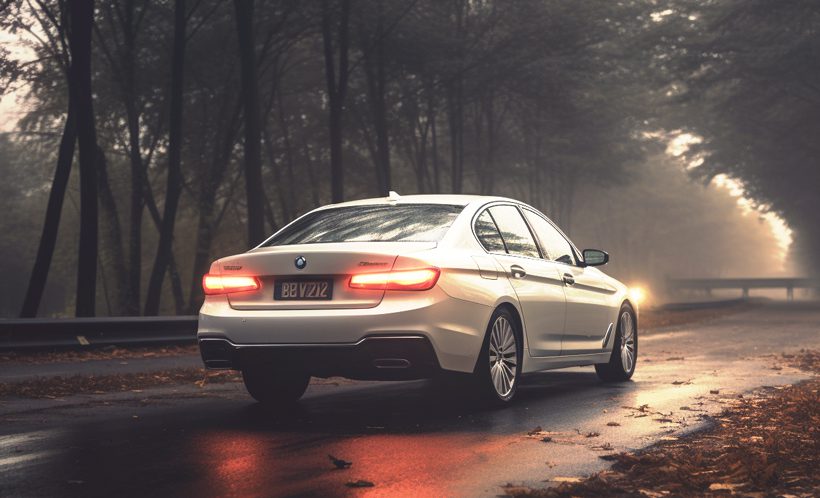
The current section has five subsections. They are as follows.
- The effective projected luminous area of all brake lights must be more than 2,903 sq. mm or 4.5 sq. inches.
- All brake lights must conform to the visibility requirements stated in S5.3.2(c) of Standard 108.
- Minimum photometric values must meet the requirements of this law.
- In case the brake lights are inside-mounted, they don’t need to meet moisture tests, dust tests, corrosion tests, and other requirements stated in the law.
- Brake light bulbs should be easily replaceable without special tools.
But the number of necessary brake lights changes according to the next section, S5.1.1.27(b).
- If the vehicles mentioned in the previous section don’t have the rear centerline on a fixed body panel, this section will apply to those vehicles.
- Or, if the vehicles don’t have enough space in the rear centerline to install a high-mounted brake light, this law will be applicable.
- According to this section, such vehicles must have two high-mounted brake lights.
This section has four subsections that are pretty similar to the previous section. So, I am noting the first subsection only.
In the case of two high-mounted brake lights, they should be identical in size and shape. And their projected luminous lens area must be more than 1,452 sq. mm or 2.5 sq. inches.
Do All States Require Three Brake Lights?
No. Some states may have exceptions in their vehicle codes. For example, you don’t need to have three brake lights if you drive in Oklahoma.
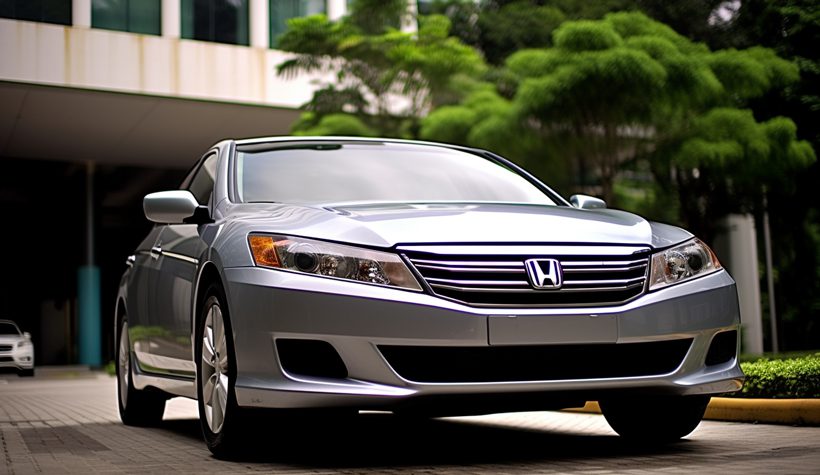
According to Section 47-12-206(A) of the 2022 Oklahoma Statutes, all vehicles must have at least two brake lights. In section 47-12-206(B), the characters of the brake lights are instructed.
- Brake lights should be at the same level on the rear. Their minimum height is 15 inches and their maximum height is 72 inches.
- All brake lights shall display red or amber lights or anything in between these two colors. And these lights should be visible from at least 500 ft.
- These brake lights should only be illuminated if the service brake is applied.
What Is the Purpose of a Third Brake Light?
Unless you are a professional driver, you are most likely to drive a sedan, SUV, or pickup. These vehicles are much smaller compared to heavy vehicles like trucks or trailers. As drivers of heavy vehicles like trucks sit much higher than in personal vehicles, their visibility gets lower.
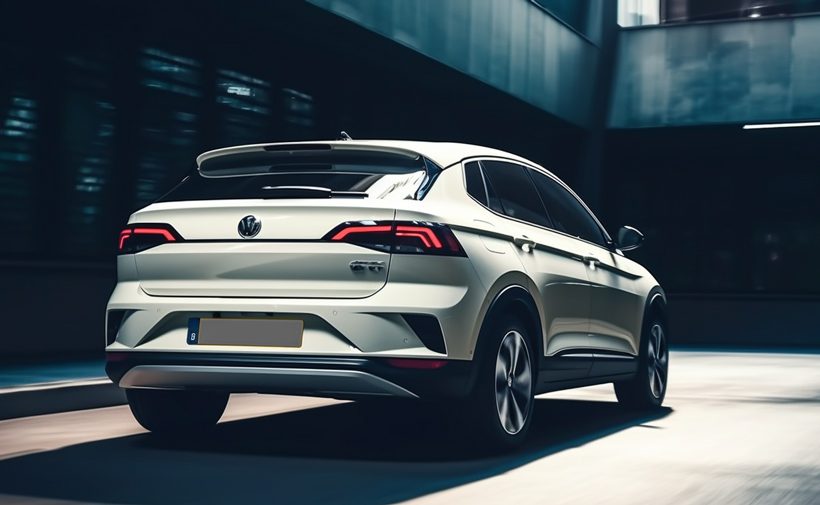
If a heavy vehicle is driving behind you and it is very close to you, chances are the driver won’t see your brake lights. This is because brake lights on both sides of the vehicle are mounted at a lower level.
So, having a high-mounted brake light or a third brake light on the centerline helps other drivers see that you are braking the vehicle. It prevents you from having a rear-end collision with other vehicles.
Can I Install Flashing Brake Lights?
No. I fear you won’t be able to install flashing brake lights in your vehicle. To address the problem, I looked into the Interpretation ID: 9711 of the NHTSA. Mr. Shih-Chiang Chen wanted to know whether brake condition warning sensors are permissible by law in the United States.
NHTSA provided the following feedback.
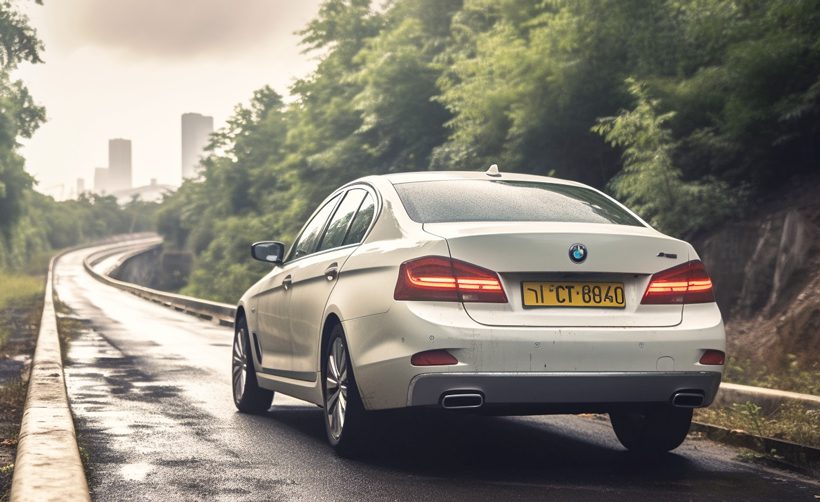
Brake condition warning sensors measure the deceleration rate while braking and cause the third brake light to flash at a variable rate.
- According to Federal regulations, all motor vehicles manufactured after 1993 must have center high-mounted brake lights. And these brake lights should be steady-burning.
- It means the brake lights must be illuminated continuously as long as you apply the service brake.
- The law also prohibits any modification of the third light that will make it a flashing light by dealers, distributors, or repair shops.
Though vehicle owners can install the sensor to have a flashing light according to the law, you must check the vehicle code of your state first.
Can Cops Pull Me Over If I Don’t Have a Third Brake Light?
Yes. As the law requires three brake lights in most states, cops can pull you over for this violation. And you are going to get tickets for not having a third brake light. Cops can also pull you over if your brake lights don’t conform to the law.
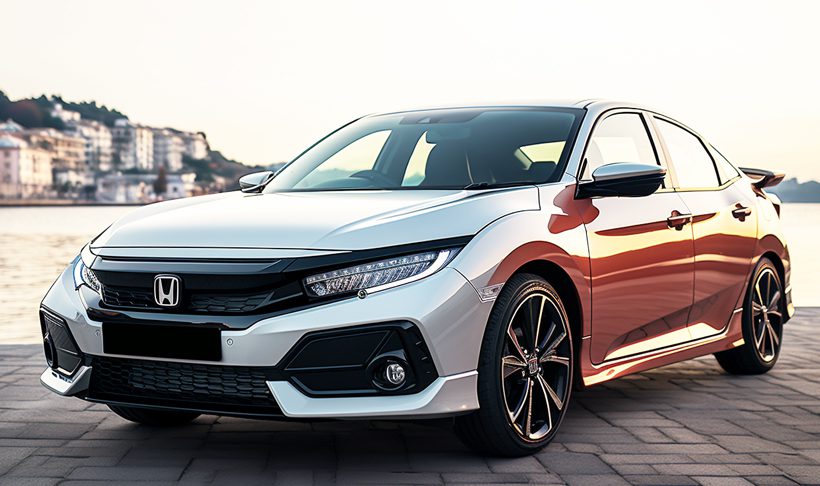
FAQs
Check answers to commonly asked questions about brake lights.
A: No. Most states require at least three brake lights by law. Also, all modern vehicles come with three brake lights.
A: Yes. Driving a vehicle with not all brake lights in working condition would be illegal. Even though cops may give you a pass sometimes, you need to repair the light as soon as possible.
A: You need to check the local vehicle code before installing more than three brake lights. Even if you can install them, conform to size, shape, and color regulations.
Conclusion
The third brake light makes a vehicle much more noticeable from a distance. As a result, it helps other drivers to brake in time and avoid collisions. The above discussion clearly shows how many brake lights are required by law.
So, you should always be careful about having the third brake light. Also, check if the lights are working properly before you start driving your vehicle. This will keep you from accident risks and other hassles.

